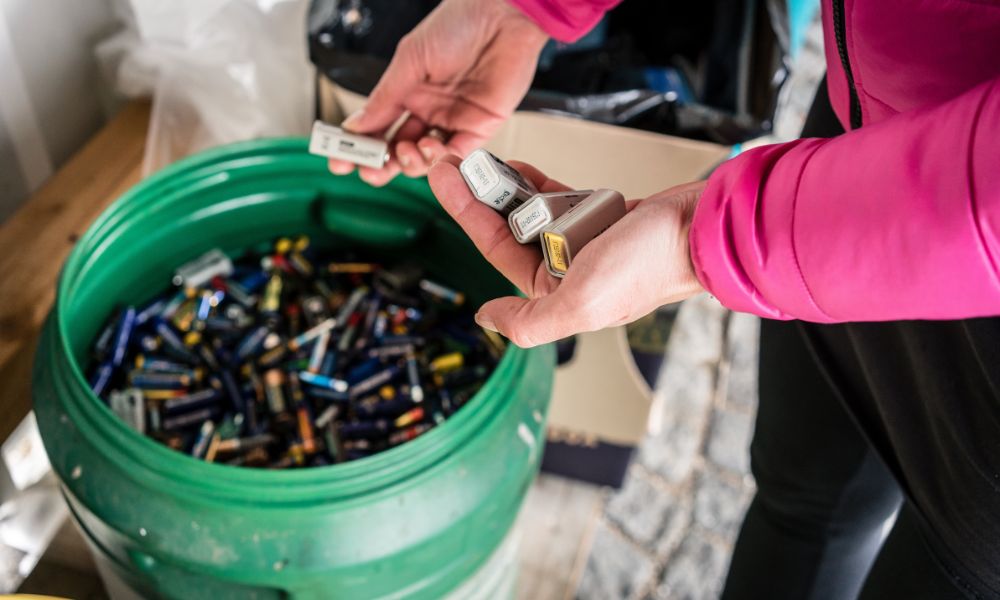
Whether you require power for a handheld TV remote or a multi-ton recreational vehicle, understanding the environmental consequences of improper battery use and disposal is essential for anyone hoping to combat climate change. Read on to learn a few sustainable battery practices you should know to minimize your carbon impact and lead an eco-friendly lifestyle.
Responsibly Dispose of Your E-Waste
Batteries are among the biggest causes of e-waste pollution. Alkaline and zinc-carbon, button-cell and coin, lithium single-use, nickel-cadmium, and lithium-ion batteries are examples of hazardous materials. These batteries demand very specific disposal requirements depending on your municipality’s current rules and regulations. More often than not, all rechargeable batteries—nickel-cadmium, lithium-ion, nickel metal hydride, etc.—must be returned to participating takeback retailers and services. Alternatively, many cities offer local household e-waste collection services through household waste authorities or management companies. Single-use batteries should also go to your local takeback programs and services; however, certain communities allow alkaline and zinc-carbon batteries in household trash. When in doubt, look up your local EPA rules, regulations, and recommendations regarding e-waste disposal to determine proper procedures.
Purchase Sustainable Battery Products
One way to reduce your e-waste and overall carbon impact on the environment is to invest in sustainable battery products like lithium-ion and lithium-ion polymer batteries. These rechargeable battery devices contain significantly fewer hazardous materials compared to traditional lead-acid or AGM gel-flooded batteries. Lithium-based batteries are less likely to leak toxins into surrounding ecosystems, and they feature a superior lifespan and better overall performance compared to traditional battery products. This increased longevity ensures fewer battery replacements and, consequently, fewer personal e-waste contributions.
Practice Proper Charge & Discharge Processes
Practicing proper charge and discharge processes with your batteries is another effective method for increasing battery longevity and reducing e-waste. But what is an ideal charging cycle? Depending on your battery type, it’s important never to use more than 50 percent of a battery’s capacity. Furthermore, overcharging your battery can damage the internal components and decrease overall performance. Notably, certain lithium-ion and lithium-ion polymer batteries—especially deep-cycle technology—can withstand discharge cycles of up to 90 percent of the battery’s capacity.
Consider Green Energy Alternatives
Of course, you can always ditch traditional battery power entirely and rely solely on green energy alternatives. Many off-the-grid individuals collect energy through solar and wind devices, storing it in highly reliable sodium-ion, aluminum, and silicon-based batteries. Sodium-ion technology, specifically, is widely considered the ideal eventual replacement for lithium battery devices. Sodium is a much more sustainable and environmentally friendly chemical ingredient than lithium liquid electrolytes. However, this technology is still quite new, and commercial availability is limited. Until sodium-ion batteries become more mainstream, individuals hoping to reduce their carbon impact should invest in lithium-ion deep-cycle batteries for off-the-grid shelter configurations.
Understanding these sustainable battery practices can help you become an active combatant against climate change and other harmful environmental complications. To truly ensure a greener future, encourage others in your business and community to follow these eco-friendly standards.
